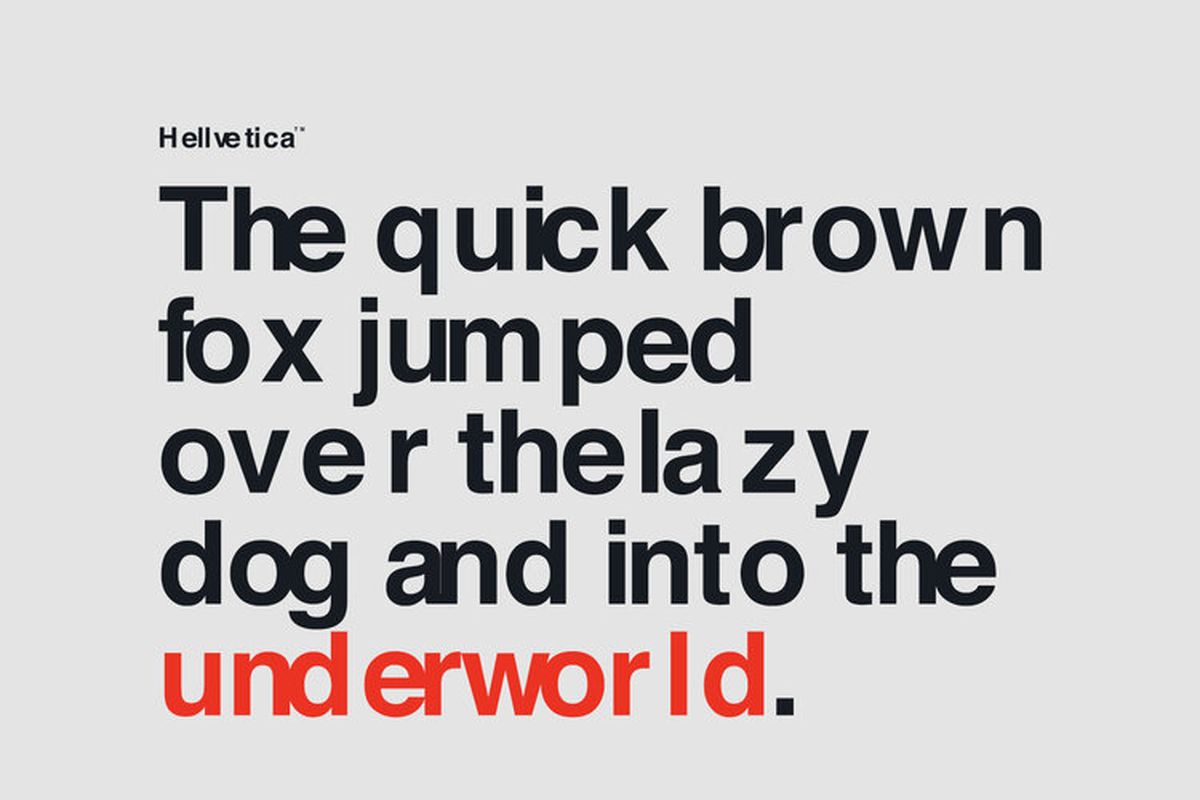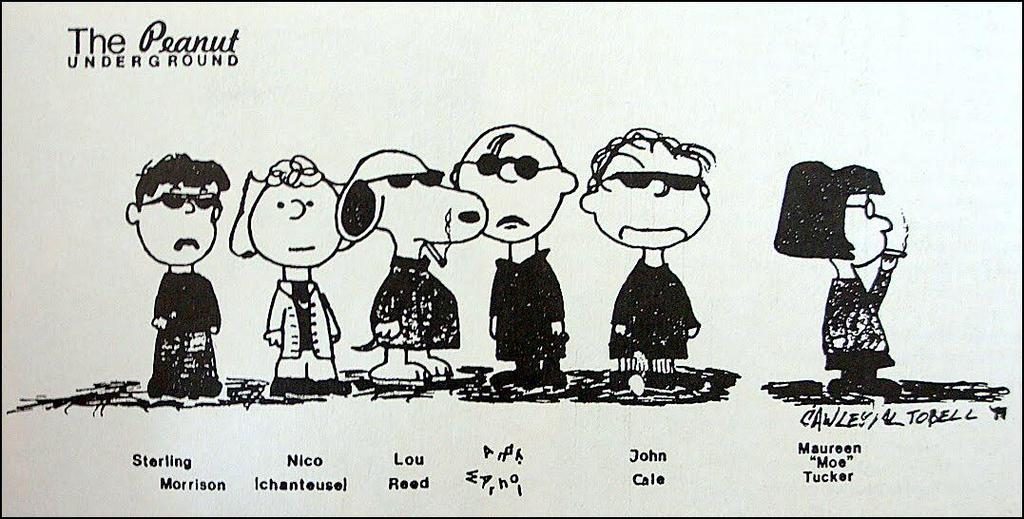Second only to the Beatles, David Lynch has become synonymous with the practice of Transcendental Meditation. And while the results were certainly mixed for the Fab Four, Lynch, in all his idiosyncrasies, has become the face of TM. He didn’t dabble with it mid-career. Instead, meditation helped create his career, as both his practice and the filming of Eraserhead started around 1972.
“…[L]ooking back,” he said in a Daily Beast interview in 2014, “I was filled with anger and took it out on my first wife and made her life miserable. I had a low-grade depression, and wasn’t really self-assured. If I’d gone forward without the ability to transcend every day, I think the pressures of the business could’ve gotten me.”
His career has been transcendent for sure, and as head of his eponymous foundation, he’s spreading the word, bringing TM to schools and calling in fellow creatives to extol its virtues.
But how does Lynch himself explain Transcendental Meditation? In this video, Lynch, armed with a pad of paper and a Sharpie, takes us on a scientific journey down past atoms and protons, and down to the unified field theory of quantum physics. A “no-thing” out of which all matter emerges. Scientists can’t take us into the unified field…but the mind can. Hence, meditation.
“The mantra is the key that opens the door,” he explains. (What is that mantra? It’s a personal one that the Maharishi, or someone high on the TM chain will give you after training…if you believe the TM pitch. Not everybody believes it needs be so proprietary, or expensive.)
With a mantra the mind can dive deep and then deeper: “Each deeper level of mind and each deeper level of intellect has more happiness,” he says. Go deep enough and the mind hits the equivalent of the unified field, and there…transcendence.
“Pure, unbounded, infinite consciousness…” he promises. “Transcendental meditation is just the vehicle to get you here.”
This can’t be the first time Lynch has drawn this diagram, but it really is one of the best visualizations of how science and meditation have arrived at the same conclusion. And it’s also why science is now studying the effects of meditation on the brain. For those looking for more on Lynch and meditation, we have you covered.
Related Content:
An Animated David Lynch Explains Where He Gets His Ideas
David Lynch Muses About the Magic of Cinema & Meditation in a New Abstract Short Film
David Lynch Talks Meditation with Paul McCartney
Ted Mills is a freelance writer on the arts who currently hosts the artist interview-based FunkZone Podcast and is the producer of KCRW’s Curious Coast. You can also follow him on Twitter at @tedmills, read his other arts writing at tedmills.com and/or watch his films here.




